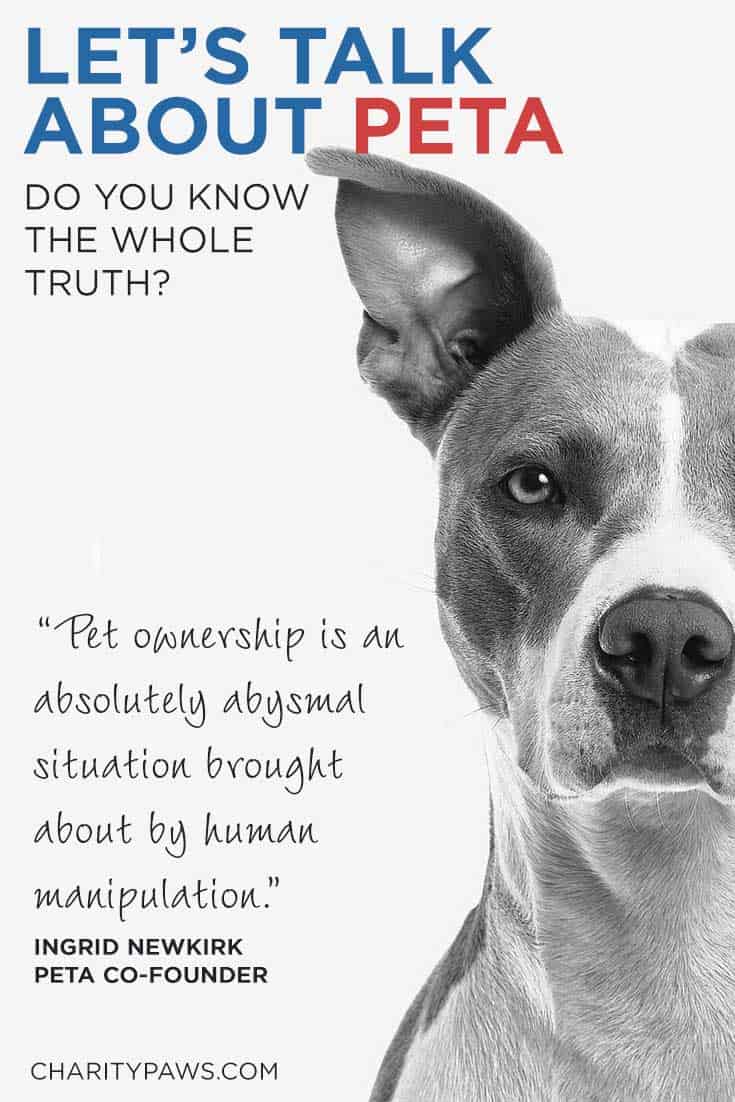Animal welfare organizations have been at the forefront of advocating for the rights and well-being of animals for decades. Among these organizations, PETA (People for the Ethical Treatment of Animals) stands out as one of the most recognizable names. Yet, despite its global presence and widespread campaigns, the question remains: Can you truly trust PETA? This inquiry invites a deeper exploration of its operational integrity, methodologies, and the fervent reactions it elicits across varying demographics. Understanding this dynamic involves a critical examination of both PETA’s achievements and controversies.
To begin with, PETA’s mission is centered on promoting the ethical treatment of animals, which resonates with many animal lovers. The organization employs shocking imagery and provocative messaging to raise awareness about issues like factory farming, animal testing, and fur production. Their campaigns often aim to sensationalize the bleak conditions faced by animals, compelling the public to confront uncomfortable truths. This approach has yielded substantial engagement; however, PETA’s aggressive tactics have led to polarized opinions about its legitimacy and effectiveness.
One of the most common observations regarding PETA is its stark dichotomy: while the organization has undeniably brought attention to animal rights issues, its methods have sparked heated debates. Critics argue that the extreme nature of some campaigns may overshadow the very issues they aim to highlight, leading to public desensitization or outright dismissal. Indeed, when graphic images of animal suffering are plastered across billboards or social media, one must ponder whether these tactics genuinely foster empathy or if they incite a defensive reaction. This consideration hints at a more profound psychological dimension beneath the surface of PETA’s activism.
Moreover, PETA’s focus on high-profile celebrities and attention-grabbing campaigns has led some observers to question the organization’s priorities. The use of celebrity endorsements can undeniably amplify the reach of their messaging, but it also raises the issue of superficiality in activism. If the narrative becomes more about the personalities involved rather than the plight of animals, PETA risks navigating a fine line between advocacy and spectacle. As such, some detractors suggest that instead of fostering genuine concern, PETA may unintentionally commodify the very issues it seeks to address.
The dilemma surrounding PETA’s trustworthiness can also be analyzed through financial transparency. Organizations that operate under the banner of non-profit ideals are expected to allocate a significant portion of their resources towards their stated missions. Yet PETA has faced scrutiny regarding its expenditures, particularly concerning its animal shelter operations. Critics cite that a considerable percentage of animals taken in do not find homes but are euthanized. This controversial practice raises questions about the organization’s commitment to animal welfare. It’s essential to dissect the motivations behind these decisions: Are they operational choices made in the context of a larger strategy, or do they reflect a flawed philosophy regarding animal rights?
While PETA often positions itself as a consumer advocate against animal cruelty in industries like fashion and food, it has also been criticized for its stance against certain forms of animal companionship, particularly the adoption of pets. PETA advocates for a world where domesticated animals cease to exist, promoting a controversial ideology that challenges conventional views on pet ownership. Such a stance, while rooted in the belief that all forms of animal life deserve freedom from human interference, poses a significant contradiction. By fundamentally opposing pet ownership, PETA may risk alienating potential allies—individuals who genuinely love and support their pets, often as part of larger dialogues about ethical treatment.
However, one cannot overlook PETA’s significant contributions to raising awareness about crucial animal rights issues. The organization has successfully lobbied for legislative changes, launched impactful campaigns against dog fighting and animal experimentation, and has worked in coalition with other organizations to amplify the message of humane treatment. These achievements indicate that while PETA’s methods may be met with skepticism, their intentions towards reducing animal suffering are not made null. Thus, it becomes crucial for potential supporters to navigate the dualities that characterize PETA’s operations, dissecting the amalgamation of radical action and substantial advocacy.
In addressing whether trust can be placed in PETA, it is essential to evaluate the organization through a multifaceted lens. They are not the sole arbiters of animal rights; rather, they are one player in a larger ecosystem of advocacy. Understanding the spectrum of perspectives on PETA may lead to a more nuanced discussion about animal welfare, highlighting the importance of scrutinizing methods as well as intentions. Ultimately, the question of trust persists, inviting individuals to weigh their values alongside the complexity of animal advocacy.
In conclusion, PETA’s presence in the animal rights arena is undeniably impactful, albeit fraught with controversy. The organization’s methods, messaging, and philosophical underpinnings can ignite debate among animal lovers, activists, and the general public alike. However, the true essence of the animal welfare movement extends beyond any single organization. Trust, therefore, is not merely about allegiance to PETA; it lies in the pursuit of collective understanding, fostering a more compassionate society where the rights of all sentient beings are acknowledged and upheld.






